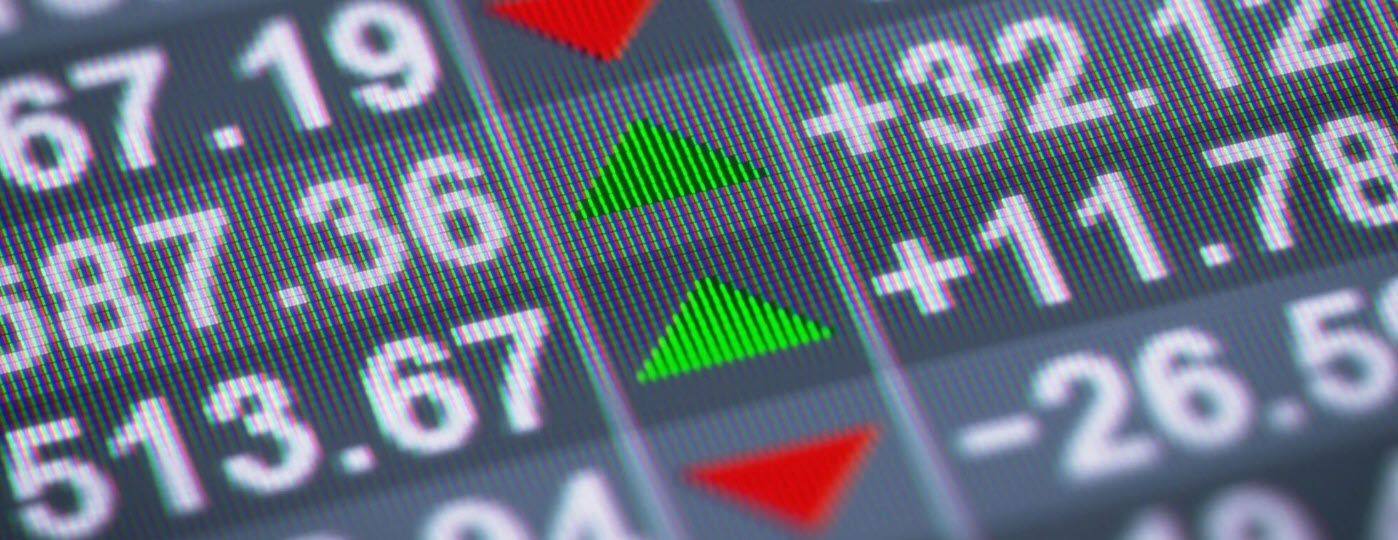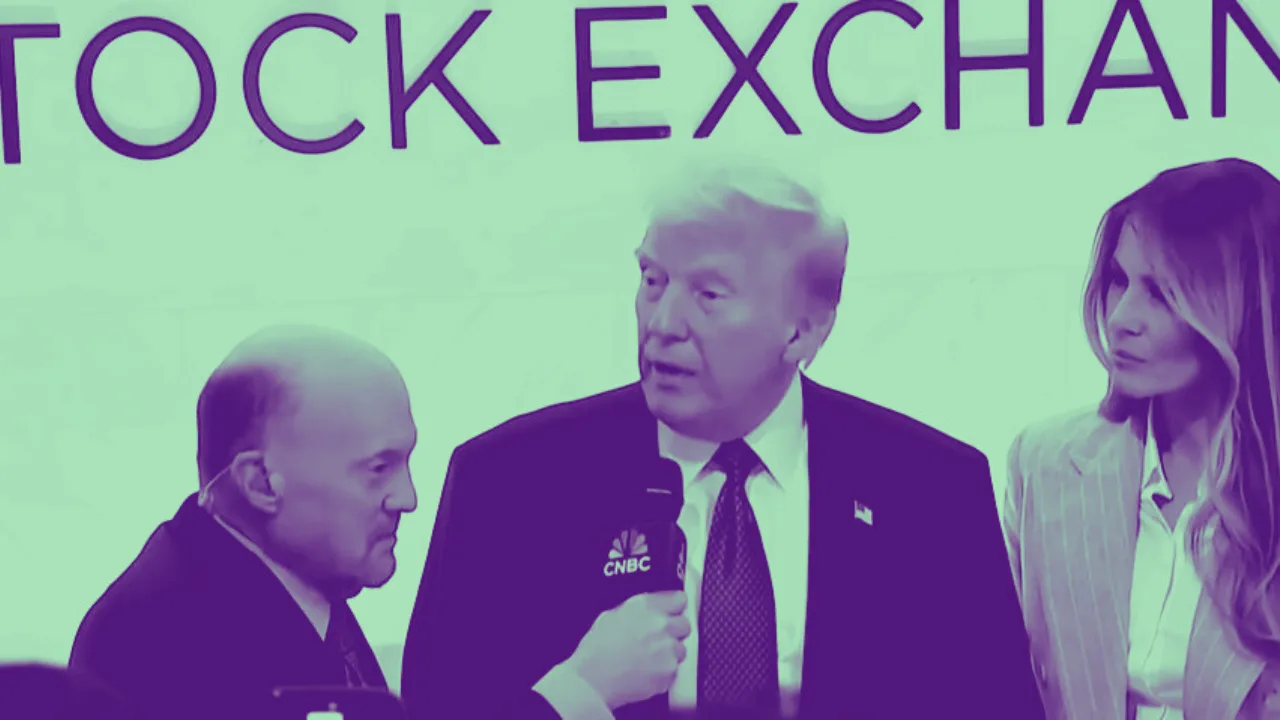Trading volume is a key indicator that can give anyone a leg up in understanding market dynamics. Let’s dive into what trading volume is and why it’s a game-changer for investors.
Think of trading volume as the market’s pulse. This crucial metric represents the total number of shares or contracts traded for a specific security within a given time frame. High trading volumes? That’s a sign of a lively party, indicating strong interest or major moves in a stock. On the flip side, a low trading volume might suggest it’s time to hit the pause button, signaling reduced interest or a potential shift in direction.
Why Trading Volume Matters
A Sneak Peek into Supply and Demand
At its core, trading volume offers a window into the battle between supply and demand. High volumes often point to a consensus about a stock’s value, while low volumes might hint at uncertainty or indifference. It’s like watching the ebb and flow of the tide, giving investors valuable clues about where the market might be heading next.
Momentum’s Power
Trading volume can indicate if a stock is rising or falling, which is helpful information for investors trying to time the market. Recurrently large volumes may indicate an upswing or that a stock is riding a wave of momentum. On the other hand, declining volumes could be the first indication of a downturn, alerting astute investors to impending difficulties.
Locating the Sweet Spots
There is more to trading volume than just going with the flow. Additionally, it can assist investors in identifying the sweet areas of the market, such as the support and resistance levels. Investors can shift the tide in their favor by making better decisions about when to purchase or sell by keeping an eye on how volume responds at different price points.
Trading Volume: A Guide to Managing the Market
Trading volume is an invaluable weapon in your toolbox, regardless of your level of experience. Knowing the narrative underlying the numbers is just as important as the actual numbers. If institutional buying is driving the volume, a high trading volume can imply a strong buy signal, while a low volume may indicate caution.
Within the dynamic realm of stocks, bonds, exchange-traded funds, and further financial products, trading volume serves as a useful guide to negotiate the frequently tumultuous market conditions. Investors can improve their tactics and make better selections that are in line with market trends and momentum by monitoring this important indicator.
Conclusion
Trading volume is an important indicator of the direction and health of the market, not just a number. Investors can learn about the dynamics of supply and demand, liquidity, and the general perception of a securities by becoming proficient with this statistic. Thus, the next time you’re assessing possible investments, don’t forget to look at trade volume to get a sense of the market’s pulse. It might be exactly what you need to ride the high waves of stock market triumph.
Do you want to dig deeper into the markets and how they work? Check out our “Stock Market for Beginners” section.





